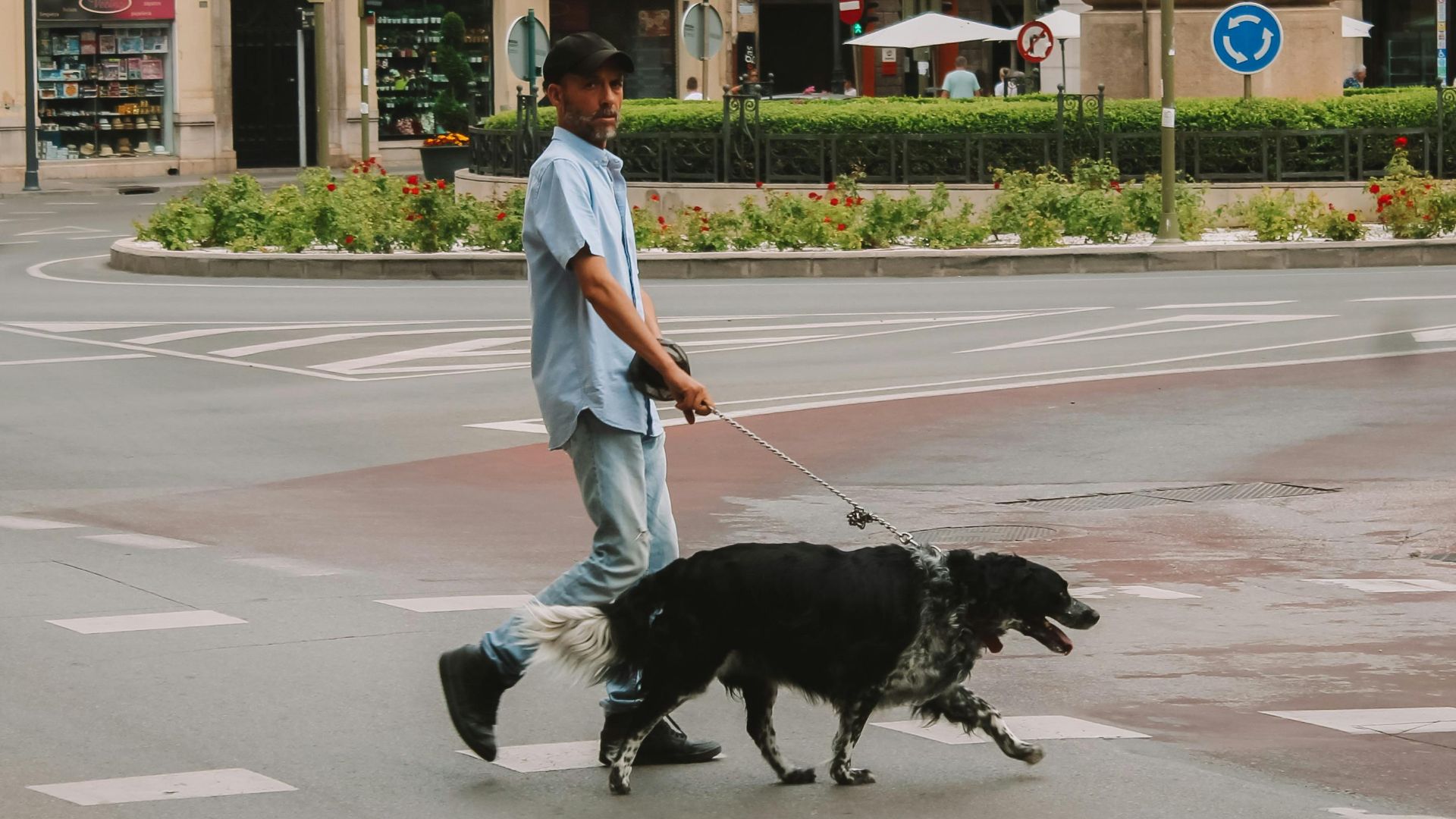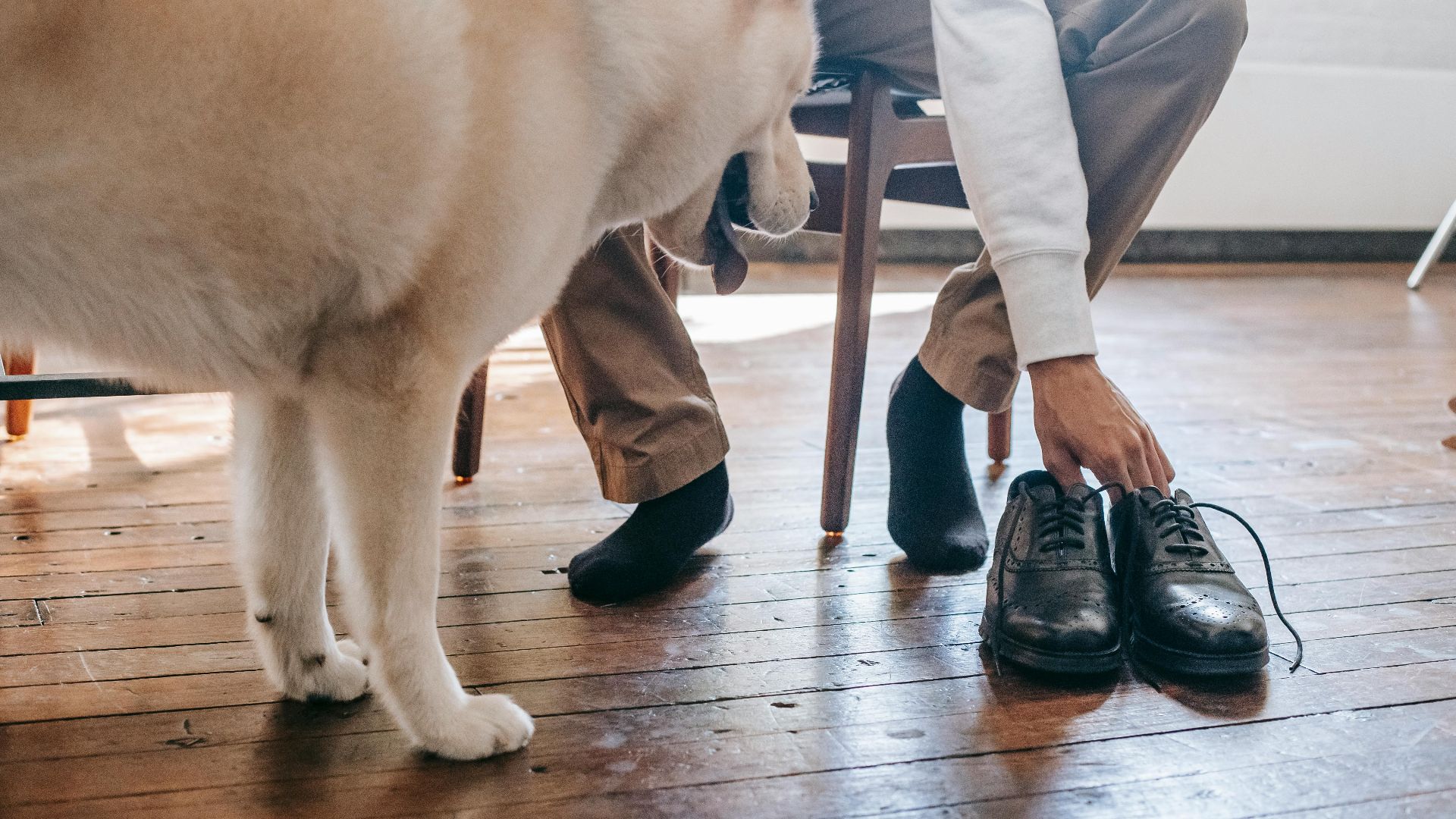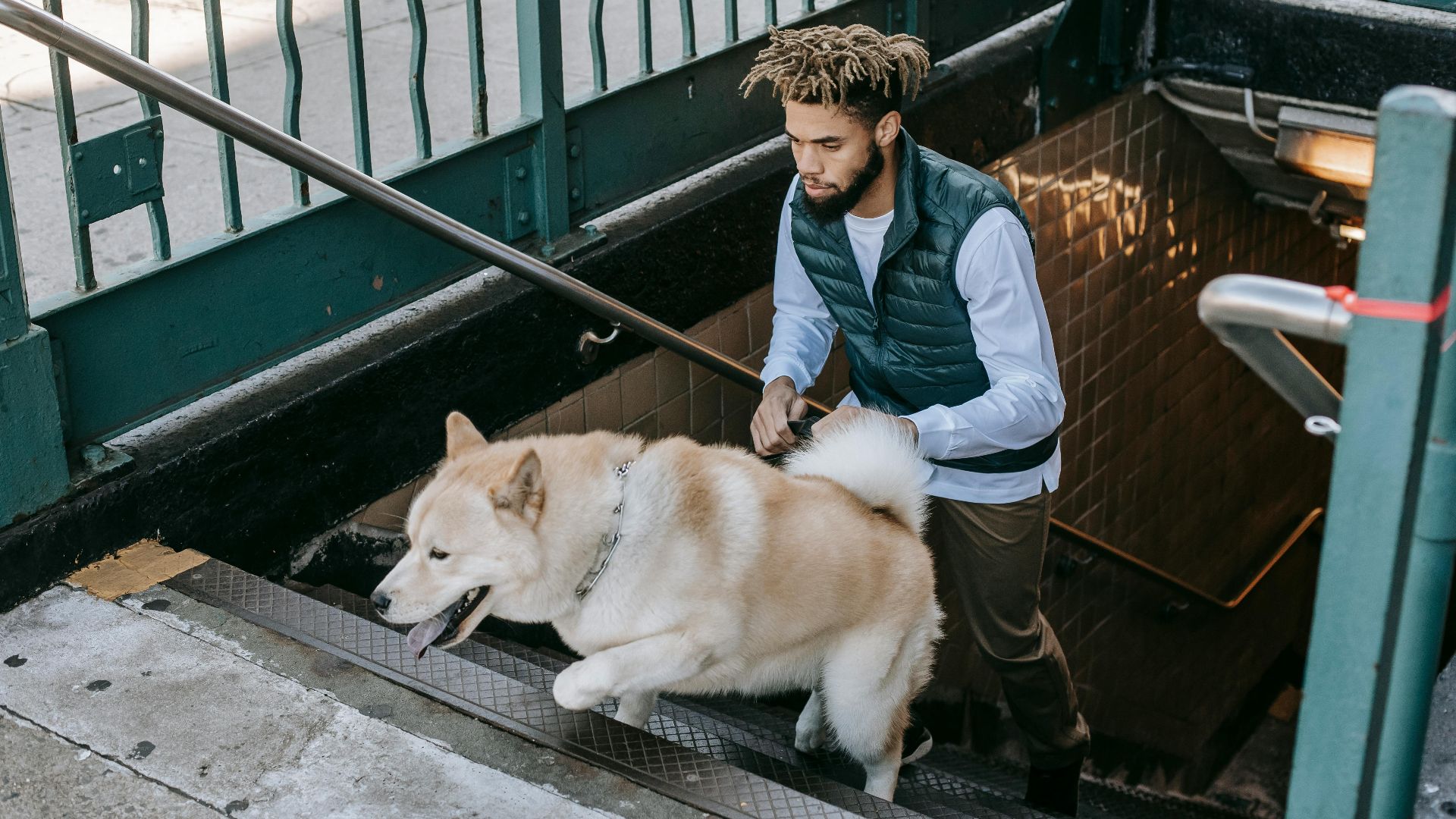Hidden Superpowers of Service Animals
Service animals are pretty amazing. They’re like undercover heroes who do all kinds of incredible things. They can sense stuff you’d never notice, bring you medication, and always make life feel a little less overwhelming. But that's not the end! Here are ten cool ways they work their magic without you even realizing it.
1. They Anticipate Medical Emergencies
Service dogs can sense changes in your body before you even know something’s wrong. For example, diabetic alert dogs are incredible at catching low blood sugar episodes—up to 83% of the time! Plus, their noses pick up tiny shifts in your body’s chemistry, giving you a heads-up when you need it most.
2. They Calm Stress in Public
Crowded spaces can be overwhelming, but service dogs provide relief through deep-pressure therapy by leaning against you or gently nudging. A 2020 Purdue University study revealed that veterans with PTSD saw a 56% reduction in symptoms when supported by these calming companions.
3. They Sense Danger You Might Overlook
Service dogs are like your personal safety radar. They pick up on things like gas leaks, fires, or even someone sneaking around that you might not notice. In one incredible story from 2020, a service dog in California saved their handler’s life by alerting them to a house fire just in time.
4. They Open Doors to More Independent Living
Imagine having a buddy who’s always there to lend a hand—or paw. Mobility service dogs do just that, whether it’s picking up dropped keys or helping you stay steady on your feet. According to studies from Assistance Dogs International, these dogs bring back a sense of independence and confidence.
5. They Break Barriers to Social Connection
Social situations don’t have to feel isolating as service dogs help autistic children feel more at ease by calming their nerves and being a steady presence. Parents share how these dogs help their kids open up, turning tricky interactions into moments of connection and growth.
6. They Help Cross Crowded Areas
Crowded places can be stressful and unsafe for people with disabilities. Service dogs are trained to gently guide their handlers through these environments. For someone with visual impairments or mobility challenges, the dog acts as a constant companion who reads the surroundings and clears a path.
7. They Retrieve Essential Items
Helping handlers retrieve hard-to-reach items is a specialized skill of such dogs. Whether it’s recovering a dropped phone, bringing medication from a drawer, or fetching shoes, they perform tasks based on personalized training to address their handler’s unique requirements.
8. They Alert to Sounds
For those who are deaf or hard of hearing, service dogs bridge the gap to the auditory world. They recognize sounds such as doorbells, alarms, fire detectors, or a name being called. Upon hearing a sound, they nudge or paw their handler to get their attention.
9. They Keep a Steady Pace
Mobility service dogs provide physical support for their handlers by helping them maintain balance and a steady walking pace. The dog may brace itself to support the handler when standing or climbing stairs. For wheelchair users, some service dogs are trained to pull the chair, giving their handlers a smoother movement.
10. They Assist During Sleep Disruptions
For individuals facing PTSD or other conditions, sleep disruptions can be overwhelming. Service animals assist by waking handlers during nightmares and staying close to offer comfort. Their presence creates a sense of safety, leading to improved rest and reduced nighttime anxiety.


















